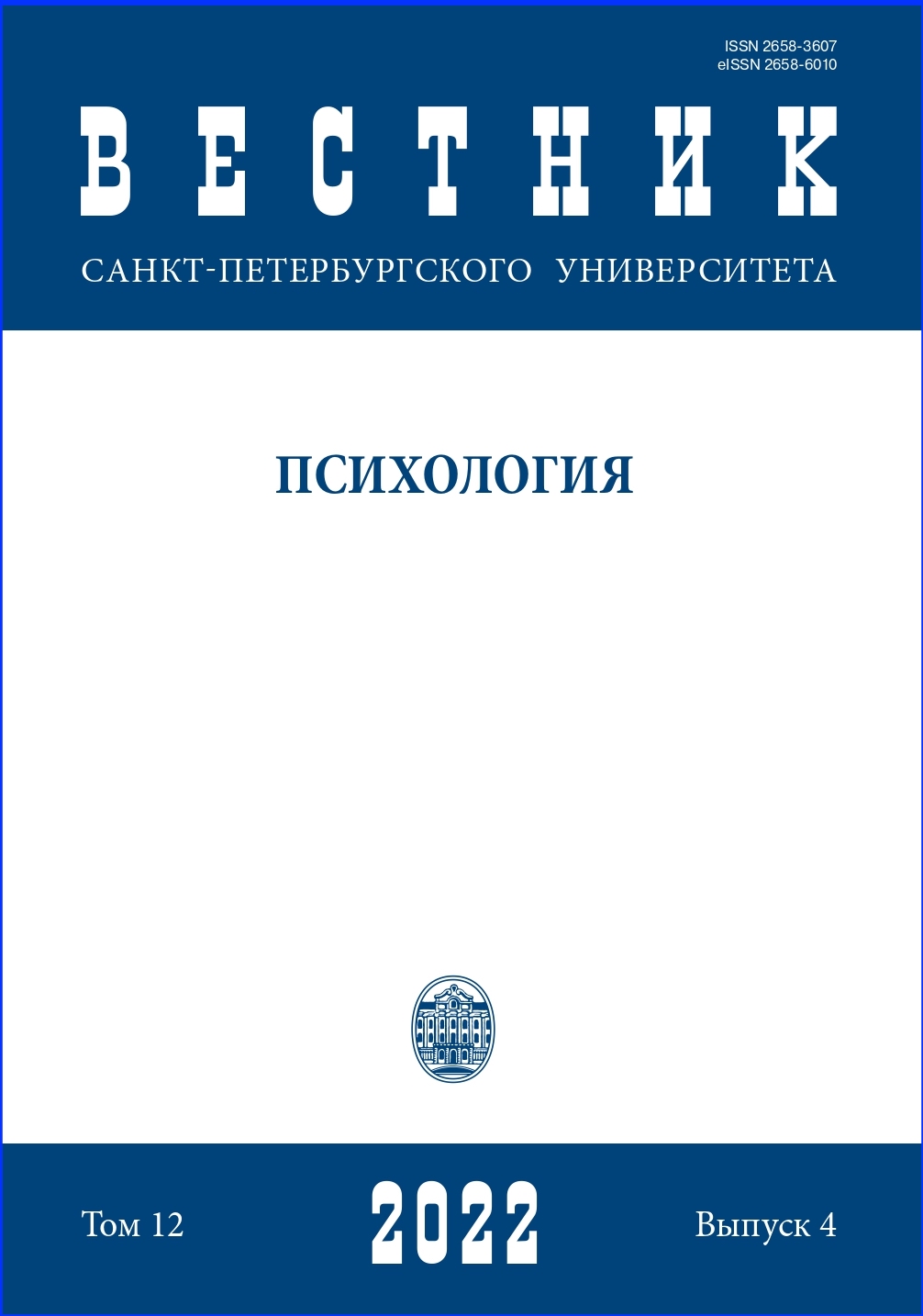Факторы, влияющие на социометрический статус ребенка в старшем дошкольном возрасте
DOI:
https://doi.org/10.21638/spbu16.2022.402Аннотация
Цель работы — выявить особенности когнитивного и эмоционально-личностного развития дошкольников, которые могут являться определяющими в вопросах принятия ребенка сверстниками, а также его позиции в группе. В результате анализа литературы были выявлены факторы, связанные с социометрическим статусом детей, и те факторы, для которых были получены неоднозначные результаты (прежде всего, речевое развитие). В рамках эмпирического исследования были проведены диагностика речевого развития, сформированности регуляторных функций (с применением субтестов комплекса the NEPSY II), эмоционально-личностного (Test of Emotional Comprehension) и общего интеллектуального развития (цветные прогрессивные матрицы Равена), а также социометрический эксперимент у детей в период их нахождения в подготовительной группе детского сада. В исследовании приняли участие 252 воспитанника подготовительных групп ДОУ г. Москва, в том числе 50,2% мальчиков в возрасте от 6 до 7 лет (M=83,10, SD=5,74). Было показано, что тремя наиболее значимыми предикторами социальной успешности стали программирование рассказа, понимание эмоций, обусловленных внешними причинами, и когнитивный сдерживающий контроль. Программирование рассказа отражает коммуникативную компетентность ребенка, его способность к построению связного рассказа, тогда как объем словарного запаса не влияет на социальную успешность. Понимание эмоций, обусловленных внешними причинами, является одним из важнейших показателей способности ребенка к распознаванию эмоций, а значит, и к его эмоциональному развитию в целом. Эти результаты свидетельствуют о том, что в той или иной степени на социальную успешность ребенка влияют и регуляторные функции, и эмоциональная компетентность, и уровень речевого развития. Однако различные аспекты перечисленных факторов влияют по-разному. В дальнейшем мы считаем необходимым проследить, насколько будут изменяться факторы, влияющие на социальную успешность детей в младшей школе.
Ключевые слова:
дошкольное образование, регуляторные функции, речевое развитие, социометрический статус, понимание эмоций
Скачивания
Библиографические ссылки
-Century collaboration and communication skills // Intervention in School and Clinic. 2018. No. 54 (1). P. 22–30.
References
Загрузки
Опубликован
Как цитировать
Выпуск
Раздел
Лицензия
Статьи журнала «Вестник Санкт-Петербургского университета. Психология» находятся в открытом доступе и распространяются в соответствии с условиями Лицензионного Договора с Санкт-Петербургским государственным университетом, который бесплатно предоставляет авторам неограниченное распространение и самостоятельное архивирование.




